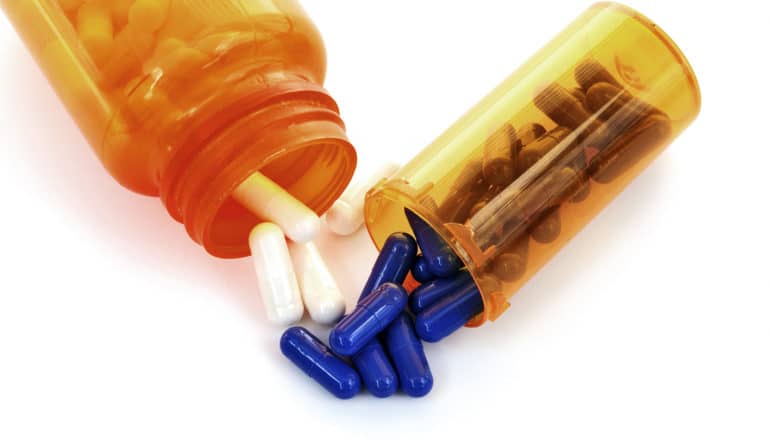
(Credit: Getty Images )
Drug cocktail proves toxic to leukemia
A combination of drugs that affect mitochondria—the power plants inside cells—may become the best weapon yet to fight acute myeloid leukemia.

A combination of drugs that affect mitochondria—the power plants inside cells—may become the best weapons yet to fight acute myeloid leukemia, according to new research.
Researchers found that mitocans, anti-cancer drugs that target mitochondria, are particularly adept at killing leukemia cells, especially when combined with a glycolytic inhibitor, while leaving healthy blood cells in the same sample largely unaffected.
The research could lead to new ways to personalize treatment for patients with leukemia.
“We started with the idea of finding an underlying connection between types of cancer and their sensitivity to specific kinds of chemotherapeutics, mitochondria-targeting drugs,” says Natasha Kirienko, assistant professor of biosciences at Rice University.
“Our bioinformatic analysis, which included 60 cell lines from nine different cancer types, showed that leukemia cells are particularly sensitive to mitochondrial damage.”
In their best experimental results, the cocktail killed 86% of targeted leukemia cells, compared to only 30% of healthy blood cells.
“A number of drugs currently used in the clinic have some cancer preference, but here we’re talking about a five-fold difference in survival,” Kirienko says.
The researchers also showed a significant correlation between how efficiently mitochondria can turn energy from incoming oxygen into useful adenosine triphosphate (ATP) and how resistant they are to treatment.
“The more efficient they are, the more resistant they will be to mitochondria-targeting drugs,” Kirienko says. “If this holds true, doctors can perform a relatively simple test of this specific parameter of mitochondrial health from a patient’s sample and predict whether the treatment would be effective.”
“Cancer cells are usually more metabolically active than normal cells, so we predicted that they be might be more sensitive to this combined strike, and they are.”
Computational models led the researchers to think they could use the glycolysis pathway to help mitocans, says postdoctoral researcher Svetlana Panina.
“Glycolysis also provides ATP, so targeting that will decrease energy as well as block the precursor for energy production in mitochondria, which mitocans will exacerbate further. It led us to believe this combination would have a synergistic effect.
“Cancer cells are usually more metabolically active than normal cells, so we predicted that they be might be more sensitive to this combined strike, and they are.”
Kirienko says a presentation of the research at MD Anderson’s recent Metabolism in Cancer Symposium drew a large response. “People were very interested, and they immediately started asking, ‘Did you test my favorite drug or combination?’ and ‘Are you going to test it in a wider panel of cancers?'”
That work is well underway, Panina says. “We’re currently doing high-throughput screening of these potential synergistic drug combinations against leukemia cells. We’ve gone through 36 combinations so far, building landscapes for each one.”
“And we found some that are more effective than what’s reported in this paper,” Kirienko says. “But we’ve also found some that are antagonistic—two drugs that negate each other’s effects—so it’s also important to know what therapeutic cocktails should not go together.”
The new study appears in the journal Cell Death & Disease.
Additional coauthors are from MD Anderson and Rice. The Cancer Prevention Research Institute of Texas, the Welch Foundation, and the National Institutes of Health supported the work.
Source: Rice University
The post Drug cocktail proves toxic to leukemia appeared first on Futurity.
Share this article:
This article uses material from the Futurity article, and is licenced under a CC BY-SA 4.0 International License. Images, videos and audio are available under their respective licenses.
Related Articles:
Pediatric leukemia ‘super drug’ may be within reach
Dec. 28, 2018 • futurityGadget counts cancer cells to see if chemo is working
July 16, 2019 • futurityLinks/images:
- https://www.futurity.org/leukemia-stem-cells-blood-1904812/
- https://www.futurity.org/cancer-drug-cisplatin-side-effects-2177762/
- https://doi.org/10.1038/s41419-019-1851-3
- https://news.rice.edu/2019/10/31/cocktail-proves-toxic-to-leukemia-cells/
- https://www.futurity.org/leukemia-mitocans-glycolytic-inhibitor-2199832/
- https://www.futurity.org


